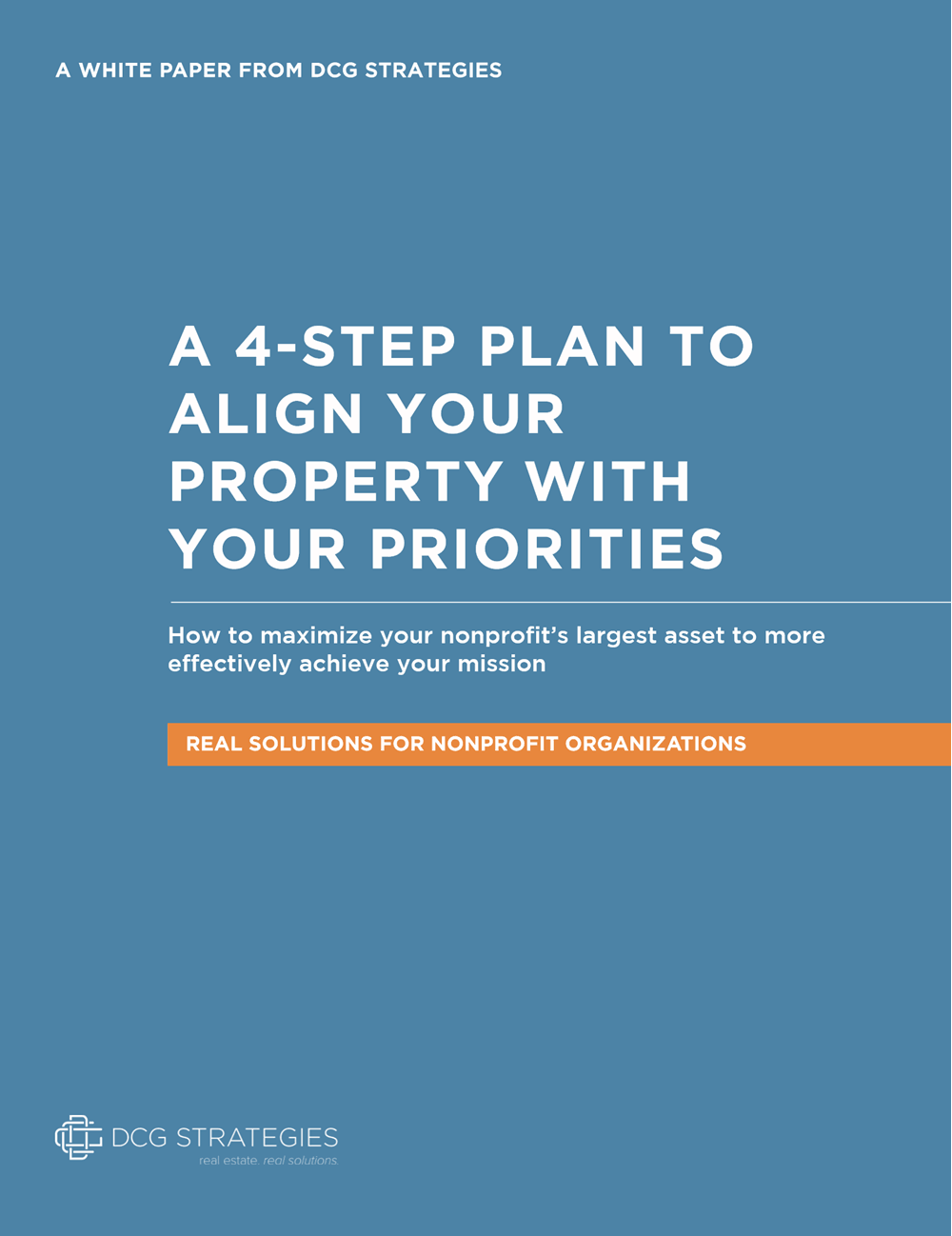In the rarified air of high-dollar fundraising, major foundations, hospitals, and universities regularly announce eye-popping, multi-million dollar gifts from wealthy donors. The big non-profit hospitals and UCLAs of the world can spin a few of these major gifts into a new teaching wing or medical complex, with the donor’s name prominently displayed on a plaque near the front door.
Down here in the trenches, however, non-profits and churches often work on a shoestring budget and don’t have a team of professional fundraisers looking for the next big donor. When a non-profit or church wants to buy or build new property, they have to raise money the hard way.
Non-Profit Fundraising Is Waged in the Trenches
Take the case of a cultural center in Niagara Falls, New York, that announced plans to renovate a nearly 1,000-seat theater in a historic former high school. They need to raise about $3 million to do the job, but the organization doesn’t typically draw huge gifts. Once a year, the group sells tickets for $35 to an event where attendees get to sample 60 types of beer — the group’s biggest annual fundraiser. A magician was recently raising money for their building plan in a hotel lobby by doing tricks with a Rubik’s cube.
For that group, it is going to take some good magic to pull $3 million out of the hat. Then again, it is tough all over. When buying property, non-profits and churches don’t have much choice but to head out and seek money from their supporters. These organizations typically have to put at least 25 percent down in cash before they can get a loan, and they often have to raise significantly more than that amount. They also have to show that they have a steady cash flow from donors.
Organizations Need Support from Numerous Individuals
Churches and non-profits usually have to rely on numerous small and mid-sized donations from many individuals. Donations tend to be small, with gifts of around $50 being fairly standard. California residents on average are giving a little more than two percent of their gross incomes annually, according to an analysis of tax returns by the Urban Institute. The average income earner in California, however, donated just over $1,200 in 2011. Meanwhile, the competition among non-profits and charities to get that money is fierce.
The good news is that raising money for a building or renovation can be done. Each year, for example, the mayors of five Arizona cities get together and form golf teams that compete in a tournament, where each team kicks in a sponsorship fee. To date, the event has raised more than $235,000 for the Boys & Girls Club. Meanwhile, a library in a tiny community in rural upstate New York sold pumpkins at Halloween and sold used books under a tent in the summer. After many years, these sales became no small part of a large new library wing and museum. A school district in California, on the other hand, raffled off a luxury condo, a BMW, and a free trip to a resort – all generous donations. There are countless ways to involve the community in a fundraising campaign.
Developing a Fundraising Network Is Key to Success
Aside from using clever methods to raise money, one characteristic runs to the heart of most successful fundraising campaigns. The church and non-profit usually build a strong fundraising network. Many people have to be actively involved in raising money, not just as passive donors, but as active fundraisers. These can be politicians, business people, the media, or anybody who can help get their friends and neighbors to donate to the cause. An overworked non-profit CEO can’t be the primary fundraiser. The job simply won’t get done.
Common Mistakes in Building Fundraising Networks
In building a network of committed people, however, churches and non-profits sometimes make mistakes, including:
Having a foggy message: It’s hard enough to get people to part with their hard-earned money, but when people don’t understand the project, it becomes nearly impossible. Non-profits need to clearly define the proposed building’s uses and why it’s needed, in addition to explaining how the community at large will benefit from the facilities.
Being too slow to get people involved: The non-profit should start putting its network together while the project is being planned. The church or non-profit will be looking for people who are passionate enough to get other people to donate. The best way to excite people is to engage many people right from the beginning.
Not having enough fundraising warriors: A fundraising network works like a chain reaction, where passionate volunteers also turn their friends and co-workers into more fundraisers. So, the best fundraising networks are all-inclusive. They will be made up of friends and family, businesses and local organizations – essentially, everyone in the community.
Churches and non-profits do not necessarily need a rich benefactor to make their building goals possible. They also won’t necessarily need to hire professional fundraisers to get the money rolling. But they do need to put together a strong building plan that can be explained to the public so committed volunteer fundraisers can spark a chain reaction to fund that vision. But as always, agencies shouldn’t try to do this alone. They should contact an experienced real estate consultant early on to help craft a saleable plan.
If your congregation or non-profit is planning a new building or major renovation and commencing a capital campaign, you don’t have to go it alone. You can get a detailed building plan from a consultant whose community values align with your own. Contact DCG Real Estate today to learn more.





